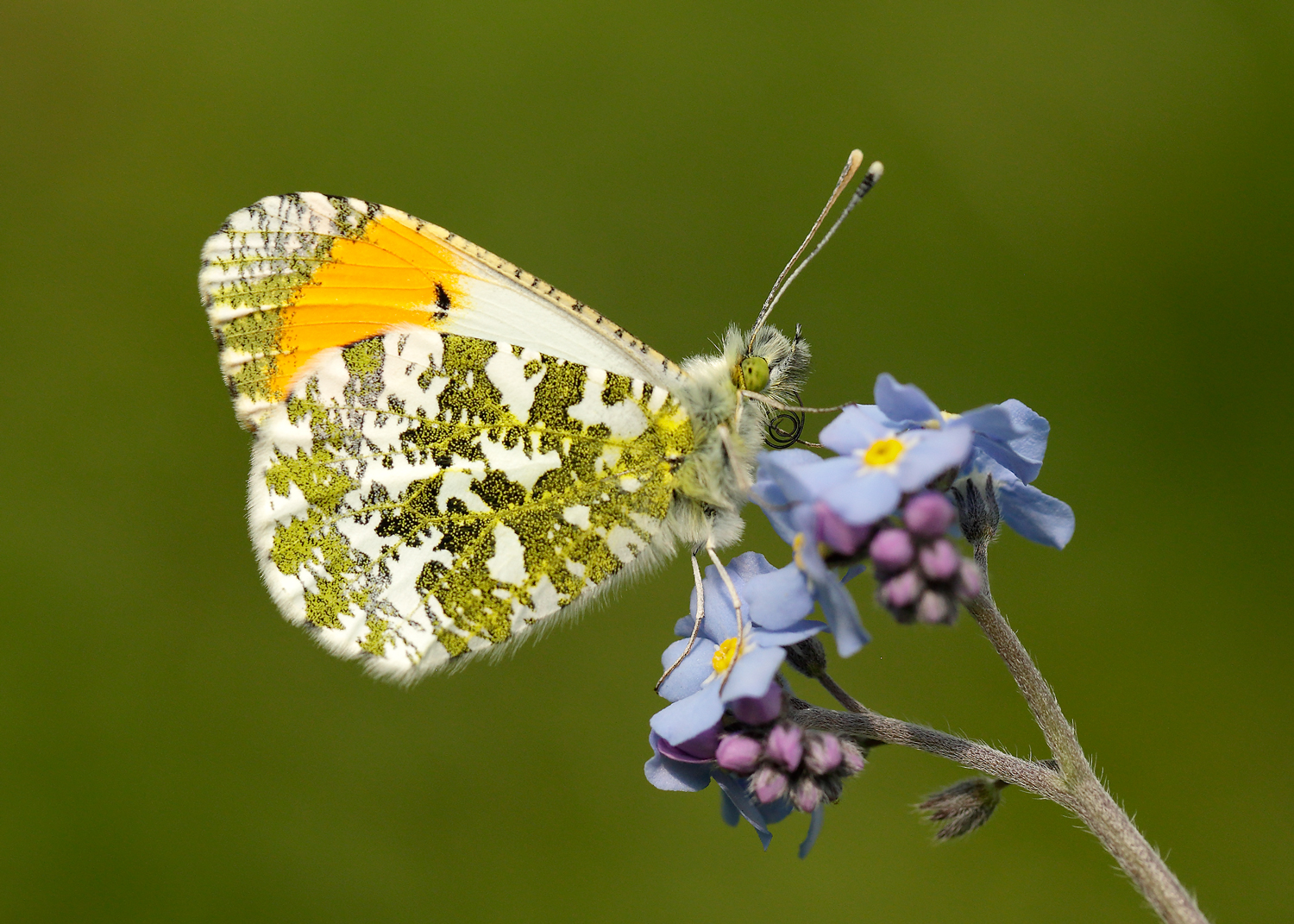Over the past four decades about three-quarters of UK butterfly species have declined in either their abundance or distribution.
Butterflies respond quickly to changes, for example in habitat and climate; hence their status is recognised as a valuable indicator for biodiversity change.
Butterflies are the most comprehensively monitored invertebrates, and their abundance status forms one of the UK government’s biodiversity indicators. Estimated butterfly population trends play an important role in informing government policy, as well as guiding conservation efforts which can be vital for helping species in decline.
Working with collaborators including Butterfly Conservation and the UK Centre for Ecology & Hydrology, Kent researchers have developed novel methods for the analysis of data on populations and distributions of butterflies, moths and other seasonal insects.
The newly developed methods have produced huge computational efficiency gains compared with existing methods and made greater used of the data collected than ever before. The new approaches also allow for novel insights on aspects of the life history of seasonal insects, providing opportunities for greater study of changes in lifespan or seasonal timing, for example earlier emergence in the year in response to climate change.
Additional analyses have also shown the potential of using less structured, citizen-science data, collected by members of the general public, to estimate trends for butterflies and moths.
Research undertaken within the School of Maths and Actuarial Sciences by Dr Emily Dennis Visiting Research Associate and Senior Ecological Statistician at Butterfly Conservation, and Professor Byron Morgan, Emeritus Professor of Statistics.
Image credit: Iain H Leach, Butterfly Conservation
